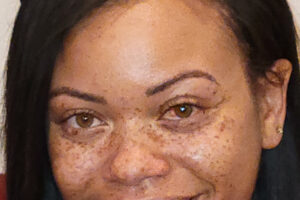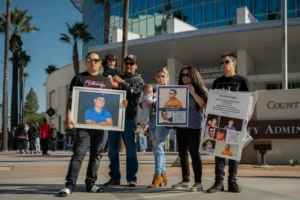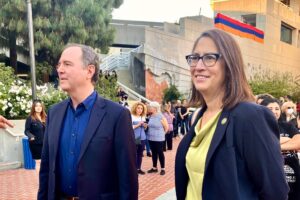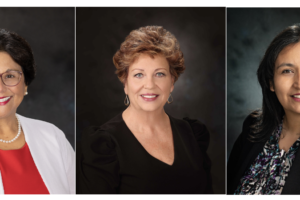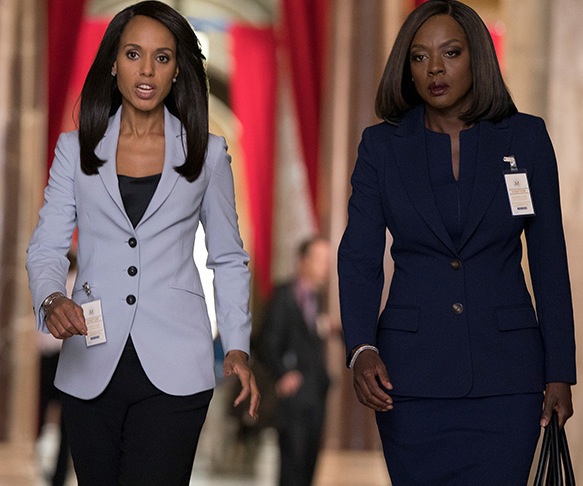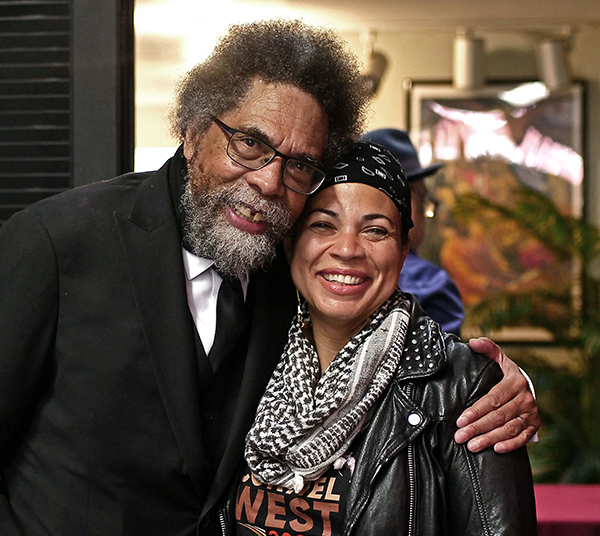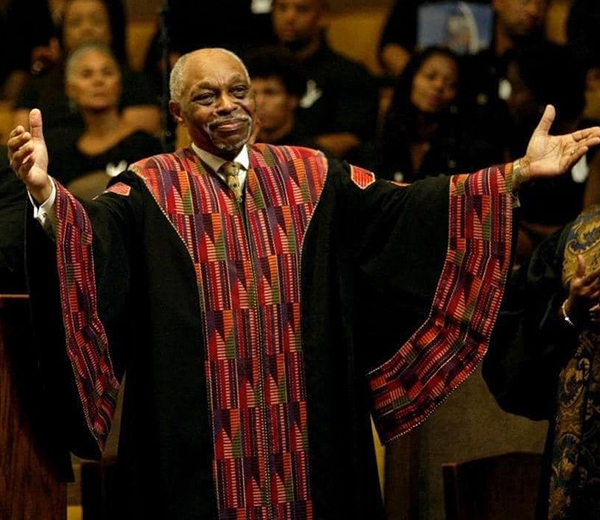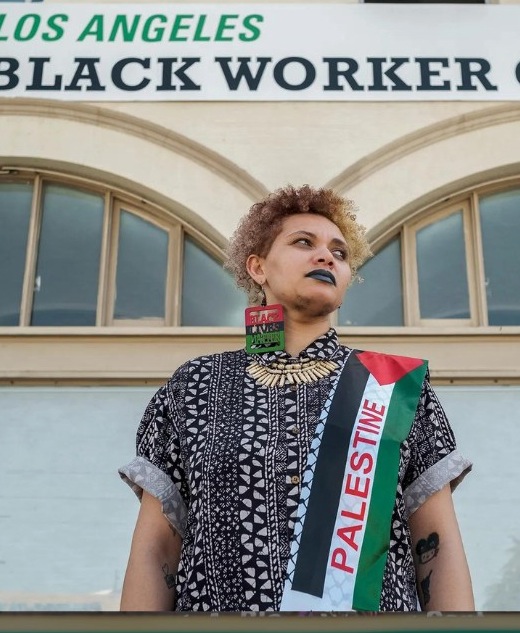By Janice Hayes Kyser
Contributing Writer
LOS ANGELES — Long before movies could talk, they spoke volumes about the character and complexity of Black women.
More than 100 years ago, so-called silent “race films” made by independent Black filmmakers for Black audiences depicted Black women as the complex, courageous and caring people they are — fighting for the rights of their people, managing relationships with their families and faith.
Editor’s note: The phrase “Black Girl Magic” has dominated social media in recent months, fueled again last month when Kamala Harris, Michelle Obama and Amanda Gorman embodied Black elegance during the presidential inauguration of Joe Biden. So this Black History Month, we focus our coverage on the women trailblazers and “sheroes” from America’s past who paved the way for Harris, Obama, Gorman and millions of other Black Girl achievers today.
Unlike Hollywood’s portrayal of Black women exclusively as maids, mammies, jezebels and tragic mulattos, race films often depicted Black women in all their nuanced glory.
Early films like “Within Our Gates,” “Symbol of the Unconquered” and “The Homesteader” by pioneering African American film director Oscar Micheaux, highlight the plight of Black women and make a passionate plea for the equality and humanity of Black people as a whole in a manner Hollywood still struggles to attain.
In spite of the real life examples of educated, sophisticated and complex Black women in all aspects of American life, Hollywood often fails to take a cue when it comes to portraying the depth and breadth of Black women, experts say.
Before there was Halle Berry, Regina King, Viola Davis and Kerry Washington, there was Evelyn Preer, Hattie McDaniel, Lena Horne and Cicely Tyson and countless others whose talents and tenacity nudged film and TV closer to the issues and the reality of Black life in America.
One of the primary reasons the depiction of Black women has been so shallow, experts say, is that there aren’t enough Black women behind the scenes; writing, producing, editing and directing.
Women such as Julie Dash, whose 1991 feature “Daughters of the Dust,” became the first full length film directed by an African-American woman, L.A. native Gina Prince-Blythewood, who is known for directing such breakthrough films as “Love & Basketball,” “The Secret Life of Bees,” “Beyond the Lights” and most recently, “The Old Guard, “ and another Los Angeles native, Ava DuVernay, the groundbreaking director of “Selma,” “When They See Us,” “13th,” and the hit television show, “Queen Sugar,” are the exception, not the rule.
“I’ve been in a lot of spaces where I’m the only woman, the only Black person, the only person of color,” DuVernay told a master class at the Toronto Film Festival recently. “Now I walk in, like, why am I the only one? What’s wrong with you?”
Gil L. Robertson IV, co-founder and president of the African American Film Critics Association, says DuVernay, Regina King, Oprah Winfrey, Shonda Rhimes and others are changing and challenging the industry from behind the scenes because they realize the might of the medium and the importance it plays in shaping the image of Black people.
“Film is very powerful,” says the L.A. native and veteran journalist. “It informs people about their own identity and is the first step in creating awareness and disseminating information to the broader community. It has a profound influence on how individuals see themselves and how society sees them as well.”
Sandra Evers- Manly, founder and president of the Black Hollywood Education and Resource Center, which strives to create a rich pipeline of Black talent in front of as well as behind the camera, couldn’t agree more.
“This is a critical time in our history and image is everything,” says Evers-Manly, who is a voting member of the Academy of Motion Pictures Arts and Sciences. “We have a lot to make up for in terms of how we have been portrayed. I do see glimmers of hope, but the question is whether this is a moment or a movement. When we have an abundance of choices at the movies and on television that depict the richness and diversity of our people that is what success looks like.”
Both Robertson and Evers-Manly agree that the rise of streaming services and new technology has made filmmaking more accessible to Black women and Black people overall.
Providing Black people and people of color access to the visual arts in a cool and comfortable space is one of L. A. native, Terrell Tilford’s passions. Tilford, is co-founder of Band of Vices, an art gallery in the city’s historic West Adams neighborhood showcasing the works of Black women artists from L.A. and around the world.
“Because of the work that has been done by those Black women artists who laid the foundation — such as Dr. Samella Lewis, Artis Lane, and Betye Saar — younger Black artists feel a level of freedom, a level of exhale, if you will,” Tilford says. “The contemporary artists can be who they are because the artists who came before them kicked the door in so their existence would not have to be validated in the same way.”
Tilford says for him, and many of the visual artists he represents, art is more than an expression of creativity, it is often a statement on society and social justice.
“My fight for social justice is as an advocate for the visual arts,” says Tilford, who is an actor and art collector. “For most artists of color, their art work is their social activism as well. They are expressing their political stance in the way they approach the canvas, that piece of wood, ceramic, clay or the camera.”
From the 1920s to the 1940s a variety of musical genres were making a statement on Central Avenue, the city’s cultural hub for gospel, jazz, rhythm & blues, blues, and classical music. Referred to as the “Little Harlem of the West,” swinging sounds could be heard in the churches, homes and clubs on and around the avenue. Some of the biggest female names in the business at that time including Billie Holiday, Josephine Baker and Dorothy Dandridge took the stage at the legendary Club Alabam on the Avenue.
According to L.A. historian, Alison Rose Jefferson, the musical movement in the area gave numerous Black women including A.C. Bilbrew, musician, composer and radio personality who became the first Black soloist to sing on an L.A. radio program; and Florence Cole Talbert-McCleave, a renowned operatic soprano, music educator and musician, a place to showcase their talent.
While many of today’s contemporary chart-topping artists are Black women, such as Beyonce, H.E.R. and Rihanna, like in film and television, only a small percentage of those making decisions about what gets produced and promoted are African-American women.
When it comes to dance in L.A. and beyond there is no doubt iconic choreographer and dancer Debbie Allen has had a monumental impact on dancers of color. Her famed Los Angeles-based Debbie Allen Dance Academy, founded in 2000, has turned out some of the country’s preeminent Black dancers. In spite of her enormous success, Allen, who has won an NAACP Image award, Emmy and Golden Globe, can still be found at her South L.A. dance academy mentoring young dancers.
Allen, like so many Black artists, isn’t content to settle for her own success. She strives to pay if forward.
That history of reaching up and reaching back is why Robertson is encouraged, in spite of the obstacles Black women face.
“Black women never stop pushing, inspiring and reaching back, says Robertson. “ “I believe that eventually, they will get the representation and recognition they deserve.”


